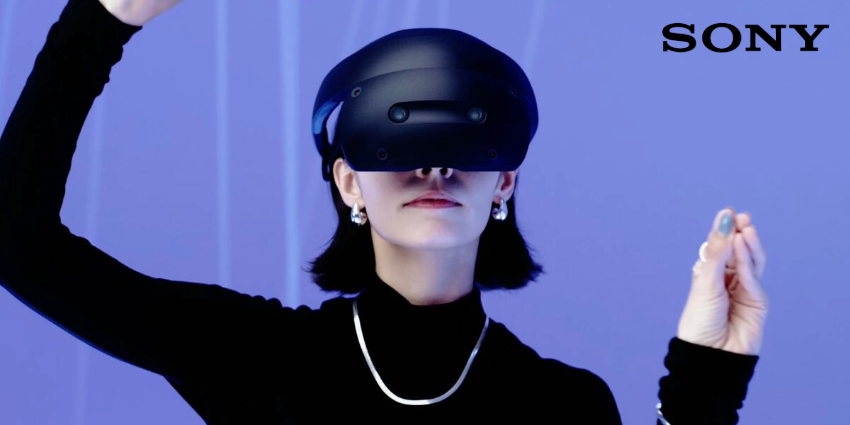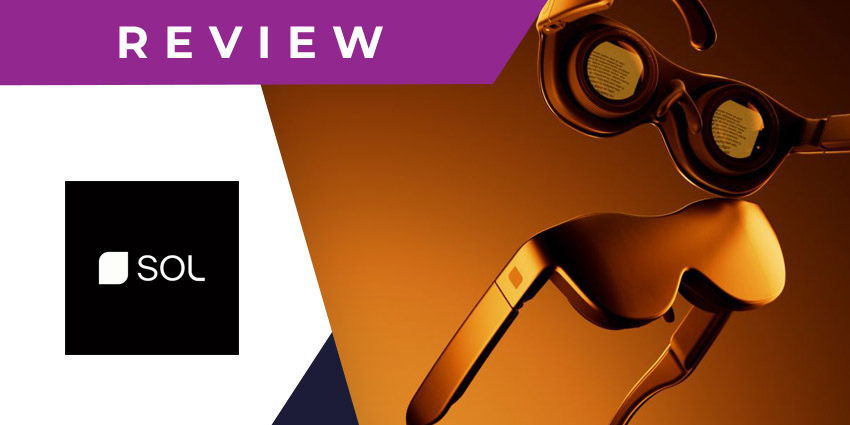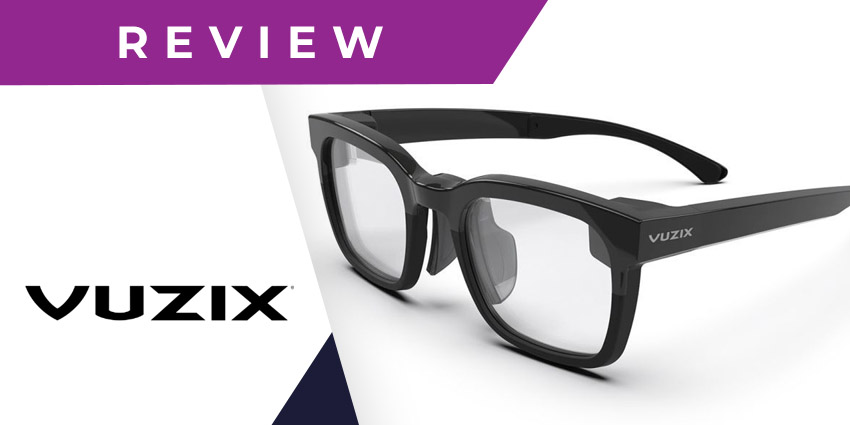Looking for an affordable and intuitive way to bring your legs into extended reality? The PICO Motion Tracker kit could be exactly what you need.
Tracking technology for the extended reality space has come a long way in the last few years. These days, sensors and cameras can track so much more than just your head movements and hands. Advances in the spatial computing landscape have led to solutions that can monitor everything from eye movements (for foveated rendering) to facial expressions.
There’s just one problem—we still don’t have many options for full-body tracking. Tools like the VIVE tracker can support some full-body experiences, but even those have limitations. PICO, one of the latest innovators in the XR landscape, may have the answer.
Here’s everything you need to know about the new PICO Motion Tracker.
Quick Verdict: Pros and Cons
The PICO Motion Tracker kit gives you two cost-effective sensors you can use to track more movements in extended reality. Easy to use, and incredibly accurate, these accessories have the potential to significantly improve a range of immersive experiences.
Pros:
- Excellent accuracy
- Lightweight, modular design
- Compatible with most PICO devices
- Affordable pricing
- Easy to use
Cons:
- Currently only available in China
- Limited app support
What is the PICO Motion Tracker?
Introduced at a launch event in China at the same time as the impending PICO 4 Ultra, the PICO Motion Tracker is a new accessory for mixed and virtual reality. Compatible with the upcoming Ultra device, as well as the standard PICO 4, and PICO Neo 3, the PICO Motion Tracker promises an easy (and affordable) way to bring your legs into XR.
The VR accessories look pretty simple on the surface. You basically get a pair of lightweight straps you can fasten to your ankles when using a PICO headset. But these straps come packed with an IMU sensor and 12 infrared sensors, to accurately monitor leg movements in XR.
Here’s a quick rundown of the specs:
- Weight: 27g (each)
- Flexible straps for secure fit
- 12 infrared sensors
- 1 IMU sensor
- 6DoF tracking at 200Hz
- 24 skeleton point tracking
- 20 millisecond latency
- Compatible with most PICO devices
- Modular design
- 25 hour battery life
Notably, the PICO Motion Tracker is also compatible with PICO’s Developer platform, so you can use full body movements to create more realistic avatars for virtual reality.
Availability and Pricing
Just like the PICO 4 Ultra, the PICO Motion tracker kit is currently only available to Chinese customers for a price of ¥400 for the set of two trackers. That equates to around $60 USD, making these accessories some of the cheapest on the market for full-body tracking.
There’s also the option to purchase a third tracker (which you can attach to your waist) for more advanced tracking capabilities. Shipments have already started rolling out in China, and although PICO hasn’t announced an official “global” release date, I’d predict one is coming soon.
After all, the website pages for the PICO 4 Ultra, and the motion trackers from PICO are both available in English already. PICO might simply want to make sure it can manage all of its “local” orders before it takes its new technology worldwide.
The PICO Motion Tracker: Design and Comfort
I wanted to start this review with a quick look at the design of the PICO Motion Tracker accessories, like I do with most XR reviews. Obviously, there’s not as much to comment on here as there would be if I was reviewing a full XR headset, like the PICO 4.
However, there are some interesting design points worth noting. First, PICO has ensured these trackers are extremely lightweight, so you probably won’t notice you’re wearing them most of the time, unless the straps rub too much against your ankles.
The straps do look a little uncomfortable, but the curved pads promise a secure and comfortable fit that should allow you to forget you’re wearing the sensors after a little while.
Secondly, the actual tracking devices connected to the straps are removable. You can pull the sensors off the straps and attach them to various other virtual reality accessories, such as a ping pong paddle if you’re playing games in VR. That means you don’t just get to track your legs in extended reality, you can monitor the movement of just about anything.
Pico Motion Tracker Tracking Performance
To enable full body tracking, PICO has fused the tracking data collected from an IMU sensor (typically used for 3DoF tracking), with the insights from 12 infrared lights that can be picked up by your PICO headset. This gives you a full 6DoF experience.
Basically, PICO’s technology offers something in between the Sony Mocopi trackers (with their inertial measurement units), and the more expensive VIVE Ultimate trackers. By combining the IMU sensor with infrared lights, PICO ensures its trackers can monitor your movements at all times.
Even when your trackers aren’t in the line of sight of the cameras on your headset (for infrared tracking), the IMU data is fed into a multi-modal AI tracking algorithm that can detect up to 24 skeletal points.
This ensures the headset can continue to monitor your movements with a decent degree of accuracy. Although you might encounter a few bugs relying on the IMU data alone, the overall experience is incredibly impressive.
PICO says its trackers not only deliver a super-low latency of only 20 milliseconds, but also minimize positional deviations to just 5cm, and angular deviations to only 6 degrees. Plus, they promise a step recognition accuracy of no less than 98%.
This high level of tracking accuracy basically brings your full body movements to life in the metaverse, allowing for more immersive, realistic experiences. Plus, since it ensures your device can track your movements more effectively, it can even help to reduce symptoms of VR sickness.
On top of that, since these trackers can give you up to 25 hours of power on a full charge, you won’t have to waste a lot of time powering your accessories between XR sessions. They even come with an auto-sleep feature to help preserve battery life.
The Experience: Ease of Use and Accessibility
One great thing I noticed about the PICO Motion Tracker kit, is how easy the XR innovators have made it to get your new system set up. There’s no need to waste time configuring complex hardware and software. Once you attach your motion trackers to your ankles (or anything else), you just need to open the “Motion Tracker App” in your PICO headset.
As mentioned above, the trackers are compatible with most of PICO’s top devices, including the PICO 4, PICO 4 Ultra, and PICO Neo 3 VR glasses. The app will ask you to look down at your trackers for five seconds, and gives you a frame on the screen so you can line things up.
The PICO headset will automatically recognize the infrared lights in the tracking system, enabling rapid internal calibration. From then on, all of the tracking technology works behind the scenes, giving you a seamless immersive experience.
Notably, although the trackers are specially designed for use with PICO’s headsets, that doesn’t mean you’re limited on the number of apps you can use them with. PICO has said users will have immediate access to more than 20 standalone games with new motion-tracking features.
Plus, you’ll be able to access a range of PC VR apps through the PICO Connect app. Notably, while PICO’s library does offer less variety than options like the Meta Horizon app store, the company is offering users access to developer kits. This could mean that we see an increase in the number of new apps available in PICO’s library with advanced full body tracking capabilities going forward.
The Best Solution for Affordable Tracking?
The new PICO Motion Tracker kit could be an exciting new solution for companies and consumers investing in next-level XR accessories. While they might not be the most advanced accessory I’ve seen for modern headsets, the trackers do offer a great way to boost immersion.
With these affordable strap-on sensors, you’ll be able to enhance the capabilities of your VR glasses and XR headsets instantly. They facilitate a seamless connection between your virtual environment, and real world movements, tackling the issue of disorientation in XR.
Although it remains to be seen how popular these accessories will be, I can see a lot of potential. For everything from XR gaming, to training sessions, full-body tracking will enable more powerful virtual experiences. Plus, the low price tag makes them one of the most cost-effective ways to upgrade your XR headset I’ve seen this year.






